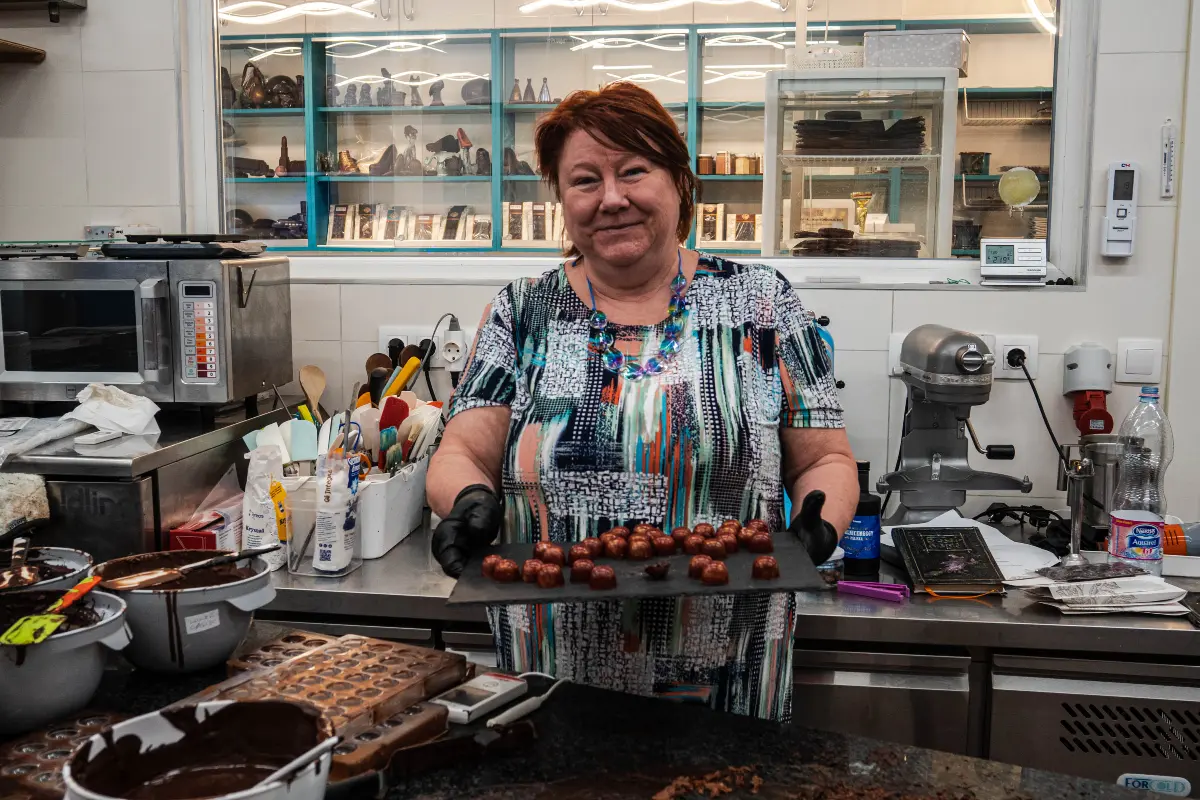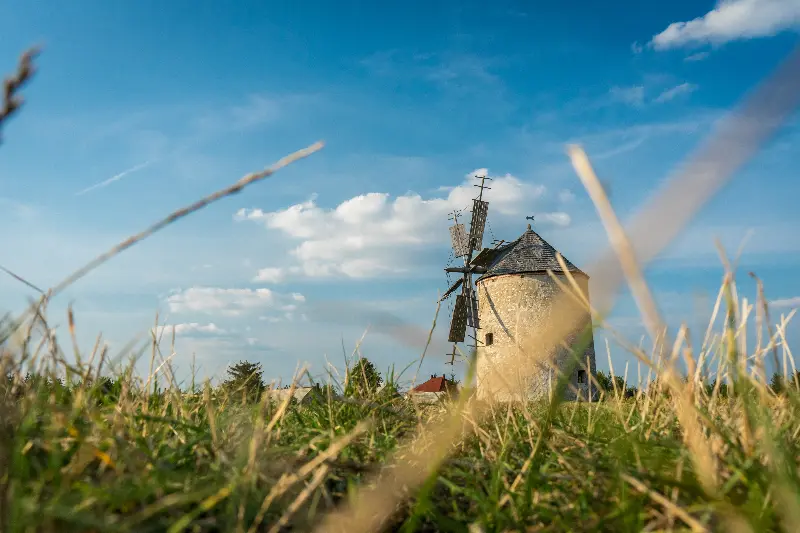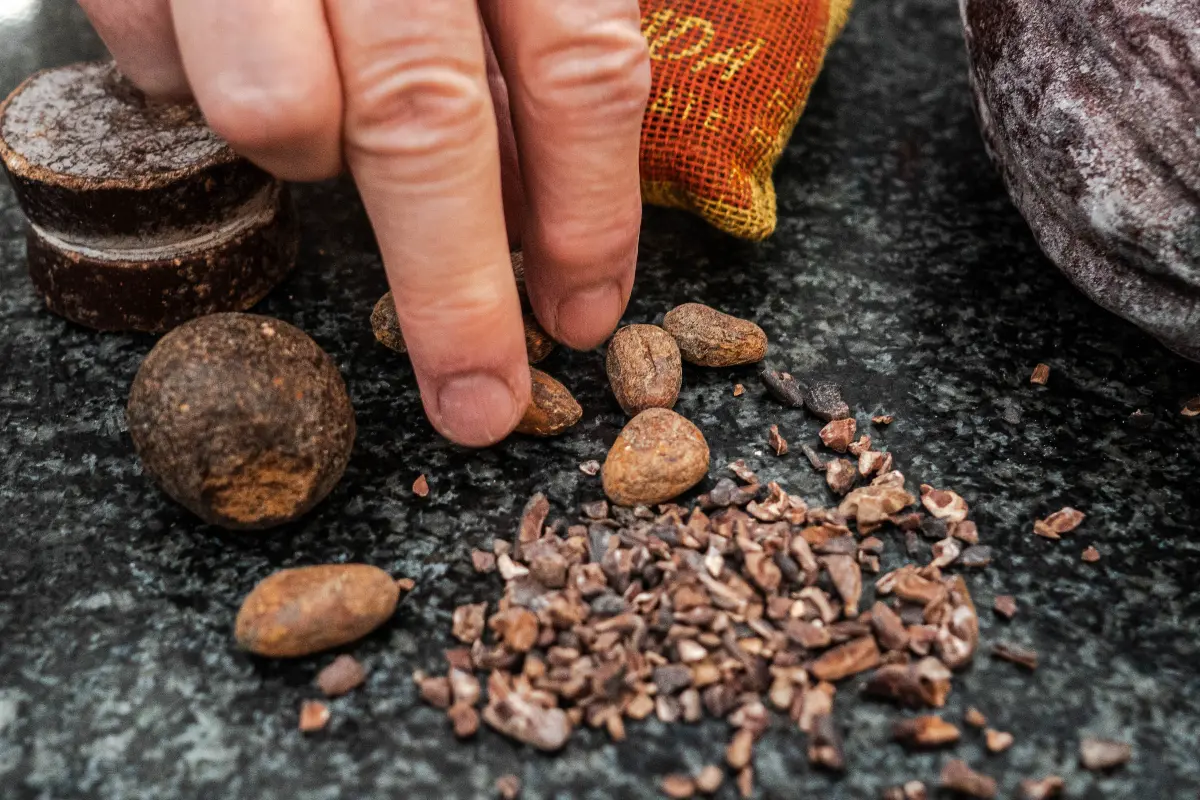
Helyszín címkék:
From cocoa beans to bonbonariums, or the path of bonbons in Hungary
Szabó Sára
Chocolate has a history of about 4,000 years: even the Mayans ate delicacies made from cocoa beans. They did not eat chocolate in the modern sense, rather they fermented, dried, toasted it, flavoured it with spices (vanilla, nutmeg, cloves, cinnamon), kneaded it into a mass on a stone slab, and then mixed the cocoa beans with water. At first, the drink was made for the ruler, as it was attributed with wonderful healing powers. The prestige of chocolate is also proved by the fact that the containers in which the cocoa was stored and consumed were specially made for this purpose.
Due to the enormous value of the cocoa bean, it also served as a means of payment. The Aztecs also attributed mythical power to it: they believed that the drink made from cocoa was the elixir of eternal youth.

European delicacy from an Aztec luxury item
The Mayans' ancient knowledge of cocoa was preserved for centuries by the Aztecs who conquered them, but Hernán Cortés is usually mentioned as the true discoverer of cocoa. The Spanish conqueror landed in Mexico in 1519, where he encountered cocoa as King Montezuma's favourite drink, which became attractive to him less because of its taste, but rather because of its high value among the Aztecs. In 1528, together with the treasures confiscated from the Aztecs, he transported cocoa beans to the Spanish royal court, but the bitter drink did not win the approval of the explorers or the court. At first, only economic value was attributed to it: huge plantations were created to use cocoa beans in barter trade - thus the name "money almond" stuck to it. Later, around 1600, it was classified in the pharmacopoeia, it was used for stomach disorders and then as an immune booster. Its popularity really took off when the bitter drink was flavoured with honey and flowers.
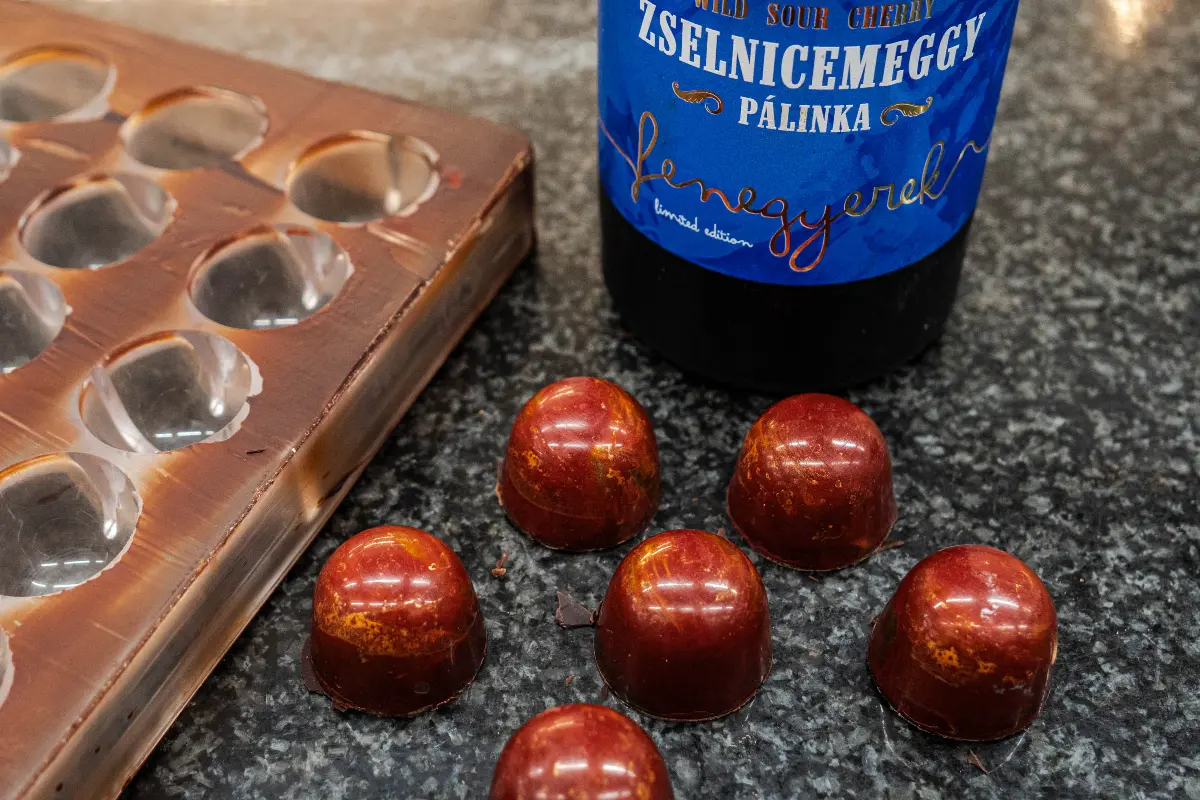
For the first time in Hungary, the family doctor of István Széchenyi and Lajos Kossuth mentioned the beneficial effects of chocolate, from which it can be concluded that it began to be used as a medicine in our country as well. The first Hungarian chocolate, which was now put on the market in bar form, belongs to Dremmel et al. and it was made in the factory of the Fiumei Cacao- és Csokoládégyár Rt. in the middle of the 19th century. In our country, the name of German-born Frigyes Stühmer is also worth mentioning, thanks to whom a small candy store in Budapest became the most important chocolate factory in the country. Thanks to the work of the master confectioner from Hamburg, chocolate turned from a luxury item into a quality delicacy available to a wider range of people.
Hello Hungary tip: the entire range of Stühmer chocolates and artisan bonbons can be found in the Stühmer Brand Store, Confectionery and Cremeria next to the chocolate factory in Maklár!
The first bonbon in Hungary: the cognac cherry
In addition to Dremmel and Stühmer, a third thread is also very important on the bonbon front. Émile Gerbeaud, the son of a family of confectioners from Geneva, met Henrik Kugler during a lucky meeting in Paris, who was looking for a worthy successor to the patisserie on the Gizella Square, which was already enjoying a huge reputation at the time. The Swiss confectioner moved to Budapest, took over the management of the Kugler confectionary (today Gerbeaud Cukrászda), and in 1886 founded a chocolate factory in Hungary. His creation became the first Hungarian bonbon, which is nothing but the cognac cherry! Unfortunately, the wars and the nationalizations set back the production of quality chocolate in Hungary, but with the help of Borbély, Béla, the old foreman of the Stühmer factory, bonbon production was slowly revived.
Today, Stühmer, Szerencsi, Szamos and many other craft workshops produce their most delicious products. Since it became easier to get excellent chocolate raw materials, there has been no stopping in Hungary! Many domestic and international successes are achieved thanks to enthusiastic and dedicated domestic masters. The trend is clear: consumption of less but high-quality chocolate, says Éva Kántor, master chocolatier at Heaven's Chocolate in Pécs, who not only tells stories, but is also happy to show the hang of the profession.
According to Éva, the basic condition of good chocolate is that it is made from high-quality cocoa beans, and that we pay a lot of attention to the fermentation, drying-roasting, refining, and flavouring processes. Good chocolate is tempered under the right conditions, ensuring the exact temperature, by moving it, so the final result will have a silky texture and a shiny surface.
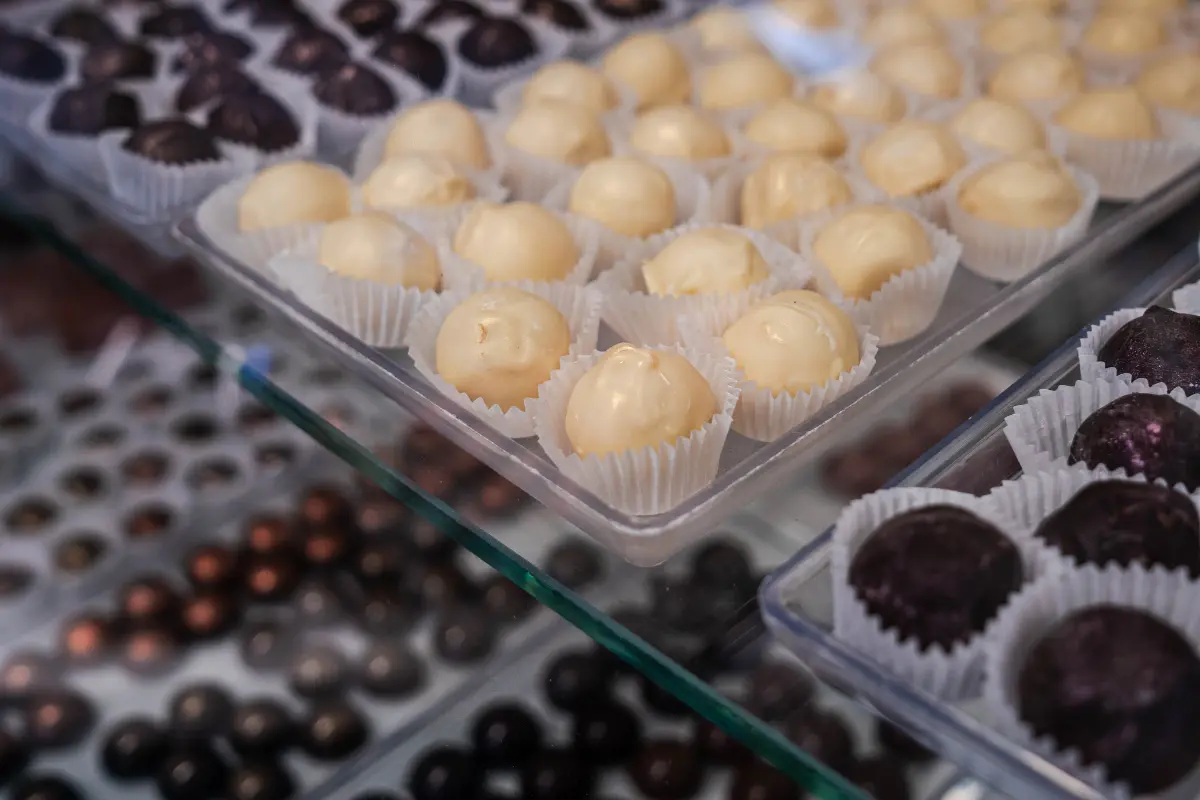
The flavours of a good bonbon are balanced. The shell should be thin and crispy, the filling should be full, definitely made from natural ingredients, avoiding flavour enhancers and aromas by far!
Great flavour pairings can be made in bonbons
"I am obsessed with regionally selected, that is, single origin chocolates. This means that the chocolate is made from cocoa beans collected in the given area and the crops of the plantations are not mixed. Their taste will thus be very characteristic depending on the local conditions and the type of cocoa. Alcohol is also an exciting ingredient, it not only enhances the flavours, but also makes the bonbons last longer. In addition, I also like to experiment: for a few years, I have been working with honey-like syrup made from the sarcocarp of the cocoa fruit, but I also use absolutely sugar-free dark chocolate. It is a special pleasure when I can convince the little ones of the school groups that come to me that there is life beyond store chocolate. I present a variety of raw materials, highlight the differences, and make them curious about the novelties," says Éva Kántor.
Super sites in Hungary

In addition to numerous domestic and international competitions, domestic master chocolatiers have also been awarded the maximum award of three stars at the Great Taste Awards. The artisan chocolate shop ZAX in Komárom and the Sweetic Chocolate Manufactory in Szigetszentmiklós have already received high-level recognition, but the artisan bonbons of the Harrer Chocolate Workshop and Confectionery in Sopron are also worth celebrating. And if you are in Pécs, do not miss the Heaven's Chocolate's demonstration workshop, where you can learn even the smallest tricks!

